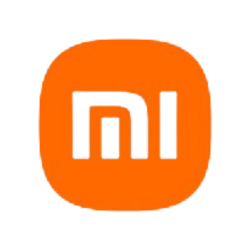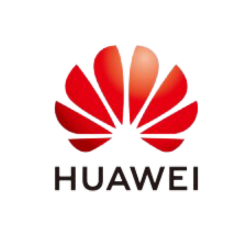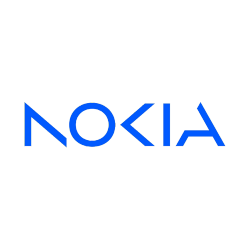
Overview of the Samsung X550
Released in the third quarter of 2007 and launched in 2008, the Samsung X550 was a feature phone that catered to the basic mobile communication needs of users at the time. Built for durability and functionality, it offered a simplistic yet efficient user experience tailored for calls, messaging, and basic multimedia applications.
Design and Body
The Samsung X550 is compact in design, measuring 90 x 44 x 18.8 mm, and weighs a mere 75 grams, making it extremely portable and easy to carry. Its sleek and straightforward design housed a Mini-SIM slot, a conventional choice for phones of its era, allowing users to easily switch SIMs.
Display Specifications
The phone features a 1.9-inch TFT display with 65K colors, providing a vibrant display for its category. The resolution of 120 x 160 pixels at a screen-to-body ratio of approximately 28.2% offered a clear, though basic, viewing experience intended for calls and messages.
Camera Features
Equipped with a single VGA camera of 0.3MP, the Samsung X550 did not prioritize high-quality photography but allowed for simple image capturing. The absence of video recording capability further limited its multimedia use, which was common among feature phones at that time.
Network and Connectivity
Supporting GSM technology, the Samsung X550 was compatible with 2G bands (GSM 900/1800/1900). It featured GPRS Class 10 for data services but did not support EDGE technology. For other connectivity aspects, it included Bluetooth 2.0 for transferring files and proprietary USB compatibility for data exchange.
Memory and Storage
The phone comes with 2MB of internal storage and unfortunately does not offer expandable memory via a card slot. However, it includes a phonebook capable of storing up to 500 entries, with photocall functionality, and maintains a record of 20 dialed, received, and missed calls.
Sound and Multimedia
In terms of sound, the Samsung X550 comes with a loudspeaker and supports vibration and downloadable polyphonic ringtones. It does not include a 3.5mm jack, which limited its usage with common earphones but was not a major drawback given its primary focus on communication rather than music playback.
Battery Life
The phone powers through a removable battery that offers a standby time of up to 200 hours and a talk time of up to 3 hours. This capacity was adequate for its time, ensuring users could rely on basic functionality without frequent recharges.
Additional Features
Other features included messaging options such as SMS, EMS, and MMS, a WAP 2.0/xHTML browser for minimal web access, and Java MIDP 2.0, which allowed for basic applications and games. Notably absent were advanced sensors, GPS, WLAN, and radio capabilities, which were not typical for feature phones of that period.
Market Position and Pricing
Originally priced at around 90 EUR, the Samsung X550 was positioned as an affordable, entry-level mobile phone for users seeking reliable communication options without the complexity of emerging smartphones. Its lightweight design and essential features made it popular among budget-conscious consumers and those needing a secondary device.
Conclusion
The Samsung X550 was indicative of its era, balancing minimalism with essential functionality. While it lacked the high-tech features of later smartphone models, its durability and essential communication features provided a reliable user experience. Even though it has since been discontinued, the X550 remains a testament to Samsung's efforts in catering to various consumer needs during the mobile phone industry's evolution.
Key Features of Samsung X550
- Lightweight Design: Weighs only 75 g (2.65 oz).
- Compact Dimensions: 90 x 44 x 18.8 mm.
- GSM Technology: Supports GSM 900/1800/1900 bands.
- TFT Display: 1.9 inches with 65K colors.
- Bluetooth 2.0: Enhanced wireless connectivity.
- Battery Standby Time: Up to 200 hours.
- Polyphonic Ringtones: Downloadable alert styles available.
- Messaging Capability: Supports SMS, EMS, MMS.
- Affordable Pricing: Approximately 90 EUR.
Drawbacks of Samsung X550
- Only supports 2G GSM technology; no 3G or 4G support.
- No EDGE support.
- Discontinued status; outdated model.
- Small display size of 1.9 inches with low resolution (120 x 160 pixels).
- No memory card slot; limited internal storage of 2MB.
- VGA main camera with no video recording capabilities.
- Lacks selfie camera.
- No 3.5mm audio jack.
- No WLAN, positioning (GPS), or radio features.
- Uses a proprietary USB connection instead of a standard one.

View Also
More Phones
All Rights Reserved +14266 Phones © Mobilawy 2025

























